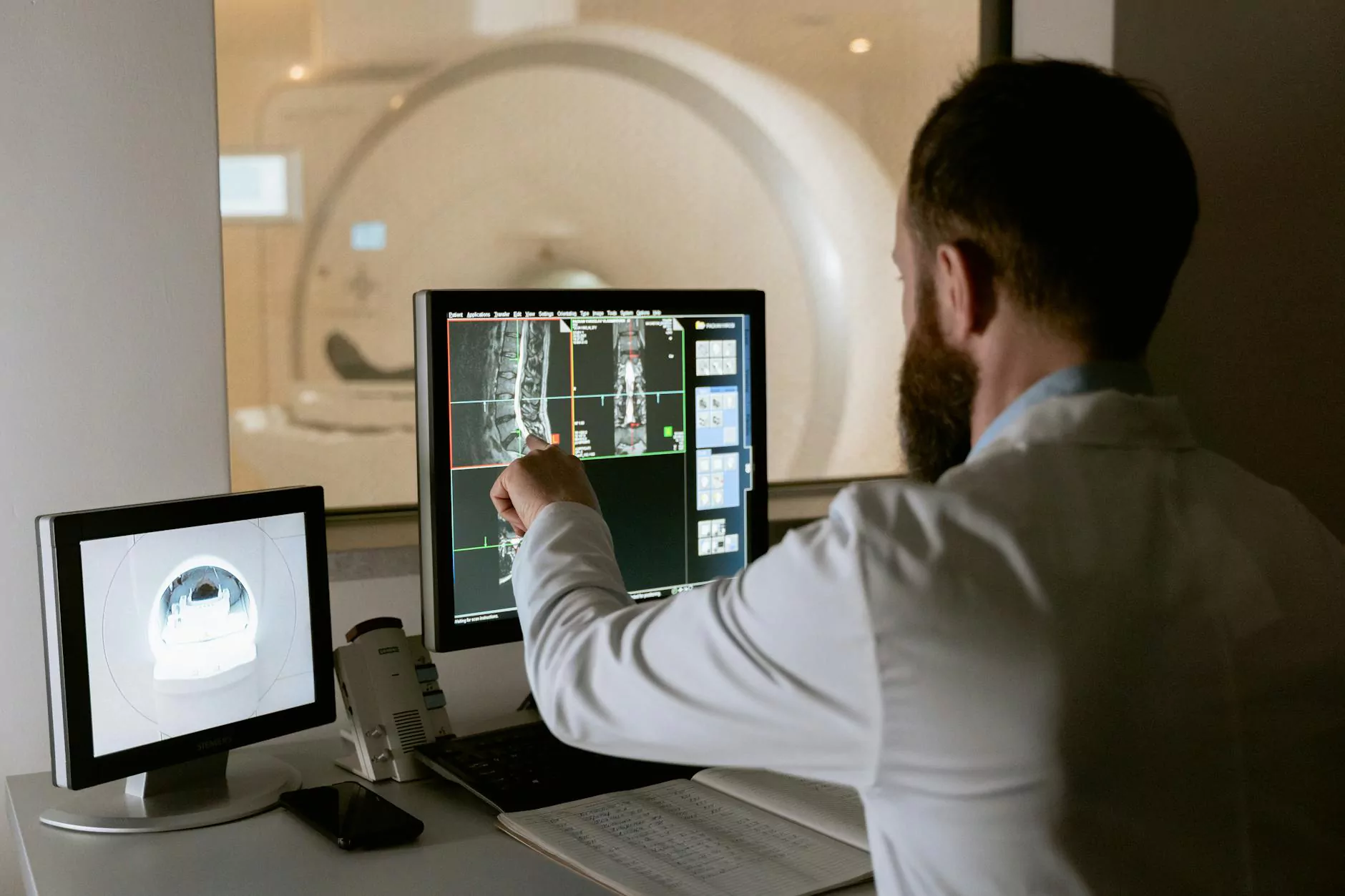Choosing The Right Industrial 3D Scanner For My Industry
3D Printing
Introduction
Welcome to RPM Design and Prototype, your trusted source for industry-leading solutions in 3D scanning and prototyping. In this article, we will explore the process of choosing the perfect industrial 3D scanner for your specific industry requirements. With our expertise and guidance, you will be equipped with the knowledge needed to make an informed decision.
Understanding Your Industrial Needs
Before diving into the selection process, it is crucial to have a clear understanding of your industry's unique demands and challenges. Each industry has specific scanning requirements, such as precision, speed, or portability. By identifying your needs, you will be able to narrow down the options and find a 3D scanner that perfectly aligns with your goals.
Factors to Consider
1. Accuracy and Precision
One of the key factors to evaluate when choosing an industrial 3D scanner is its accuracy and precision. These aspects play a critical role, especially in industries where high precision is essential, such as aerospace, automotive, or healthcare. Look for scanners with advanced technologies like laser or structured light scanning, which ensure accurate and detailed measurements.
2. Speed and Efficiency
For industries that require quick scanning processes, speed and efficiency become top priorities. Consider the scanning speed of different models and assess whether they can meet your production demands without compromising accuracy. Additionally, features like automated scanning or batch processing can significantly improve overall efficiency.
3. Portability and Versatility
If your industry involves on-site scanning or requires mobility, portability becomes a crucial factor. Look for compact and lightweight scanners that offer ease of transportation without sacrificing scanning capabilities. Additionally, versatility in terms of scanning different surfaces or objects can be advantageous for industries with diverse scanning needs.
4. Software and Compatibility
A reliable and user-friendly software ecosystem is vital for effective 3D scanning. Ensure the scanner you choose is supported by robust software that provides advanced processing, visualization, and editing capabilities. Compatibility with industry-standard file formats, such as STL or OBJ, is essential for seamless integration with your existing workflows.
5. Cost and ROI
While assessing the various scanner options, it is important to consider the overall cost and return on investment (ROI). Look beyond the initial purchase price and consider factors like maintenance costs, warranty, and potential future upgrades. Evaluating the long-term benefits and productivity gains will assist in making a financially sound decision.
6. Industry-Specific Features
Different industries often have unique requirements that go beyond the basic scanning functionalities. Research scanners that offer specific features tailored to your industry. For example, industries working with intricate geometries might benefit from scanners with high-resolution capabilities, while industries needing color capture might prioritize scanners with accurate color reproduction.
Conclusion
Choosing the right industrial 3D scanner for your industry is a crucial decision that can significantly impact your workflow and productivity. At RPM Design and Prototype, we understand the complexities involved and provide comprehensive insights to help you make an informed choice. Consider factors like accuracy, speed, portability, software, cost, and industry-specific features. By understanding your industrial needs and evaluating the available options, you can select a 3D scanner that perfectly aligns with your requirements.
Trust RPM Design and Prototype as your dedicated partner in the field of industrial 3D scanning. Contact us today to discuss your specific needs and let us help you find the perfect solution for your industry.










